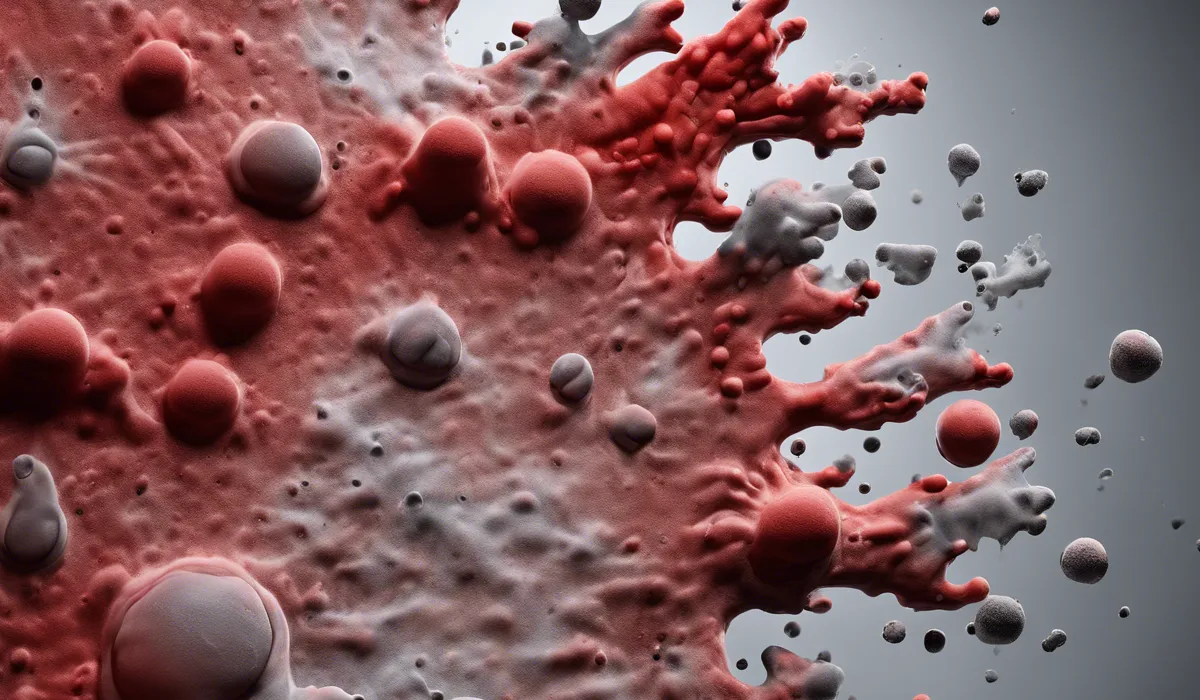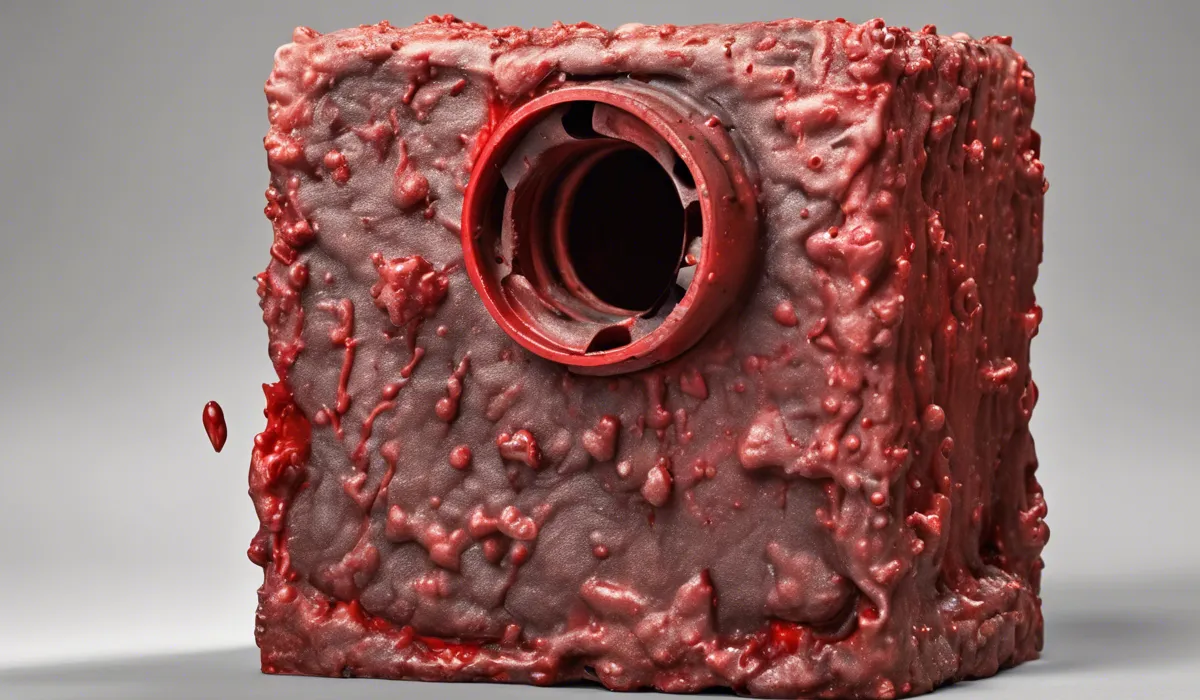Yes, mold can be red. Red mold is less common than black or green mold but can occur on various surfaces. It often appears as small reddish spots and can thrive in damp, warm environments. Red mold should be removed promptly due to potential health risks.
Understanding Mold and Its Various Colors

Definition of Mold
Mold is a type of fungus that grows in thread-like structures called hyphae. It thrives in moist environments and can spread quickly, breaking down and absorbing the organic material it lives on.
Mold is a natural part of the environment and plays a vital role in breaking down dead materials, but it can become problematic when it grows indoors.
Common Mold Colors
Mold comes in a wide range of colors, with black, green, and white being the most common in household environments.
Black mold, often seen in bathrooms and basements, is frequently associated with damp, water-damaged areas.
Green mold, which can also appear blue-green, is typical on food and walls. White mold, sometimes mistaken for mildew, often grows on wooden surfaces.
Factors Influencing Mold Coloration
The color of mold can be influenced by several factors, such as the type of material it consumes, the age of the mold growth, and the specific species of mold. Environmental conditions like temperature and humidity also play a role.
Additionally, the presence of other competing molds can affect coloration, as different species interact and adapt to their surroundings.
Uncommon Color: Red Mold

Description of Red Mold
Red mold is a less common color of mold that can occur on various surfaces within a home or building.
It typically appears as small reddish spots or patches. Unlike the more frequently encountered black or green molds, red mold can be more challenging to identify as it may blend in with the colors of certain materials.
Environmental Conditions for Red Mold Growth
Red mold, like other molds, prefers damp and warm conditions to grow. It is often found in areas with high humidity, such as bathrooms, kitchens, and basements.
Poor ventilation and water leaks contribute to the ideal environment for red mold to thrive.
Types of Red Mold
Several mold species can appear red. Some of these include Neurospora, which is often found on bread and grain, and Fusarium, which can infect plants as well as home surfaces.
It is essential to accurately identify the type of red mold present to determine the best course of action for removal.
Distinguishing Red Mold from Other Colors
Red mold can be harder to detect than molds of other colors, which makes it unique.
While black mold is known for its dark, sometimes slimy appearance, and green mold for its fuzzy texture, red mold’s small reddish spots may not immediately stand out, especially on colorful surfaces where it might blend in.
Health Implications and Removal of Red Mold

Potential Health Risks of Red Mold
Exposure to red mold can lead to health problems, especially for individuals with allergies, asthma, or weakened immune systems.
Respiratory issues, skin irritation, and allergic reactions are some of the potential health risks associated with red mold exposure. It is important to address any mold growth promptly to minimize these risks.
Guidelines for Safe Red Mold Removal
Removing red mold involves wearing protective gear such as gloves, masks, and goggles to prevent inhalation or contact with mold spores.
It is crucial to isolate the affected area to prevent spores from spreading to other parts of the home.
Use a mixture of water and detergent to scrub the mold off non-porous surfaces, and consider replacing porous materials that harbor mold growth.
Professional Mold Removal Services
For extensive mold infestations or if the mold is in hard-to-reach places, it is advisable to call in professional mold removal services.
Professionals have the equipment and expertise to safely and effectively remove mold. They can also help identify the source of moisture causing the mold growth and suggest ways to prevent future mold problems.
By understanding the characteristics of red mold and being aware of the potential health risks, homeowners can take proactive measures to ensure their environments remain safe and mold-free.
Mold of any color should be taken seriously, and red mold is no exception. With the right knowledge and approach, it can be managed effectively to maintain a healthy living space.
FAQs About Red Mold
Can mold appear red in color?
Yes, mold can be red. It’s less common than black or green molds but can occur on various surfaces.
What does red mold typically look like?
Red mold often appears as small reddish spots that can grow in clusters.
Where is red mold most likely to be found?
Red mold can thrive in damp, warm environments, similar to other types of mold.
Is red mold dangerous?
Red mold should be removed promptly due to potential health risks, as with other molds.
How should red mold be removed?
Red mold should be removed with proper cleaning methods or by a professional, especially if the infestation is large.
Final Thoughts
Mold can indeed manifest as red in color, though it is less prevalent than its black or green counterparts. Typically presenting as small, reddish blotches, red mold thrives in moist, warm settings.
Due to its associated health risks, it is imperative to address and eradicate red mold swiftly once detected.
